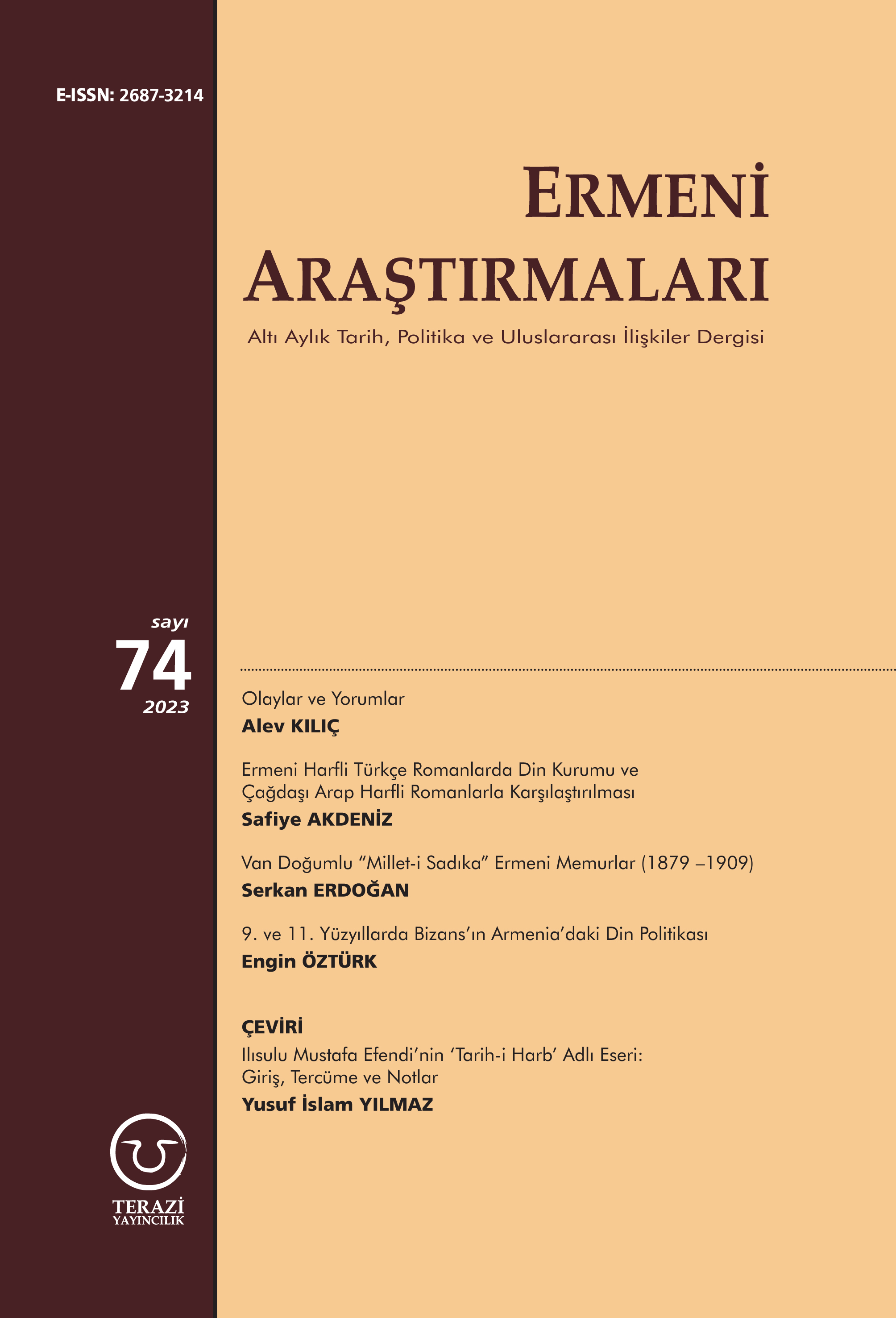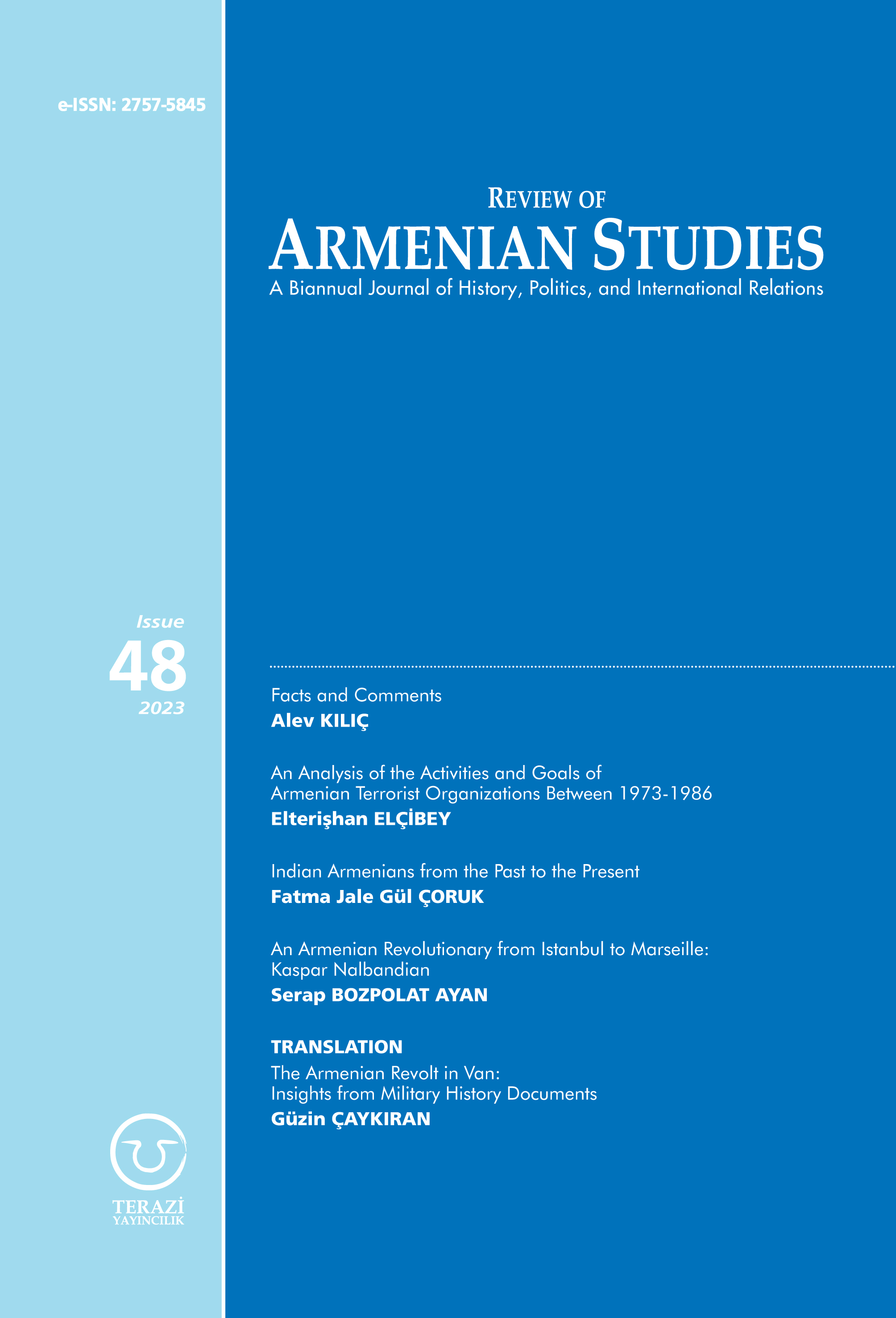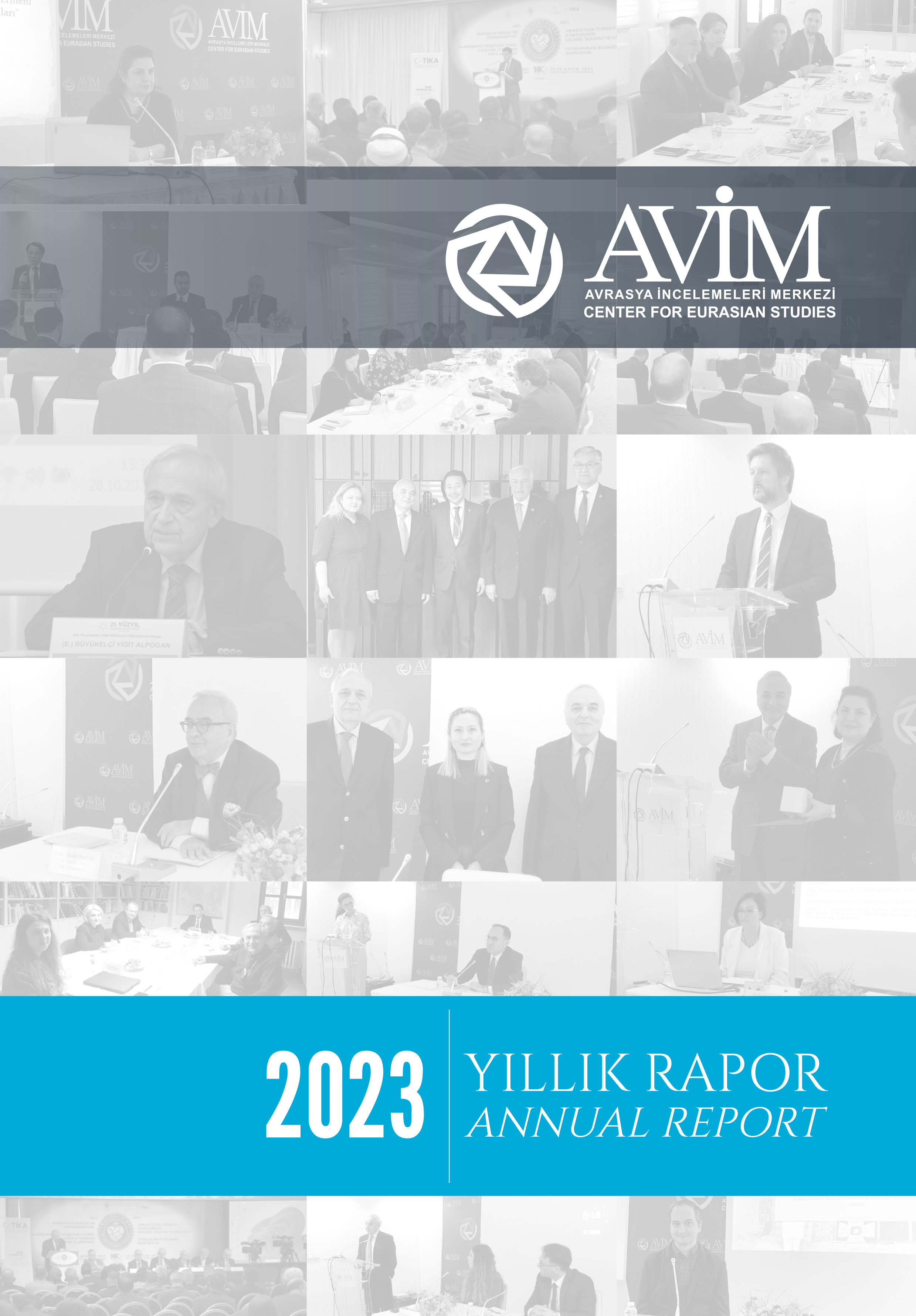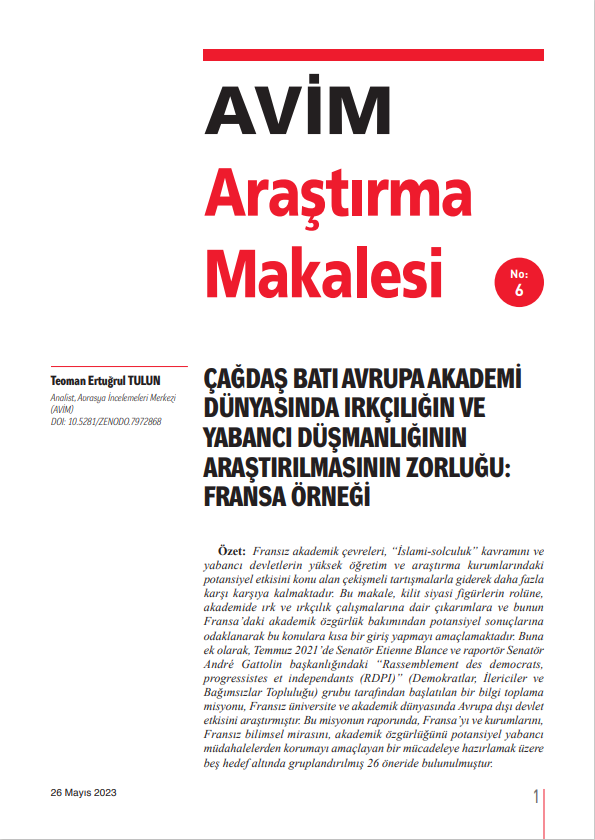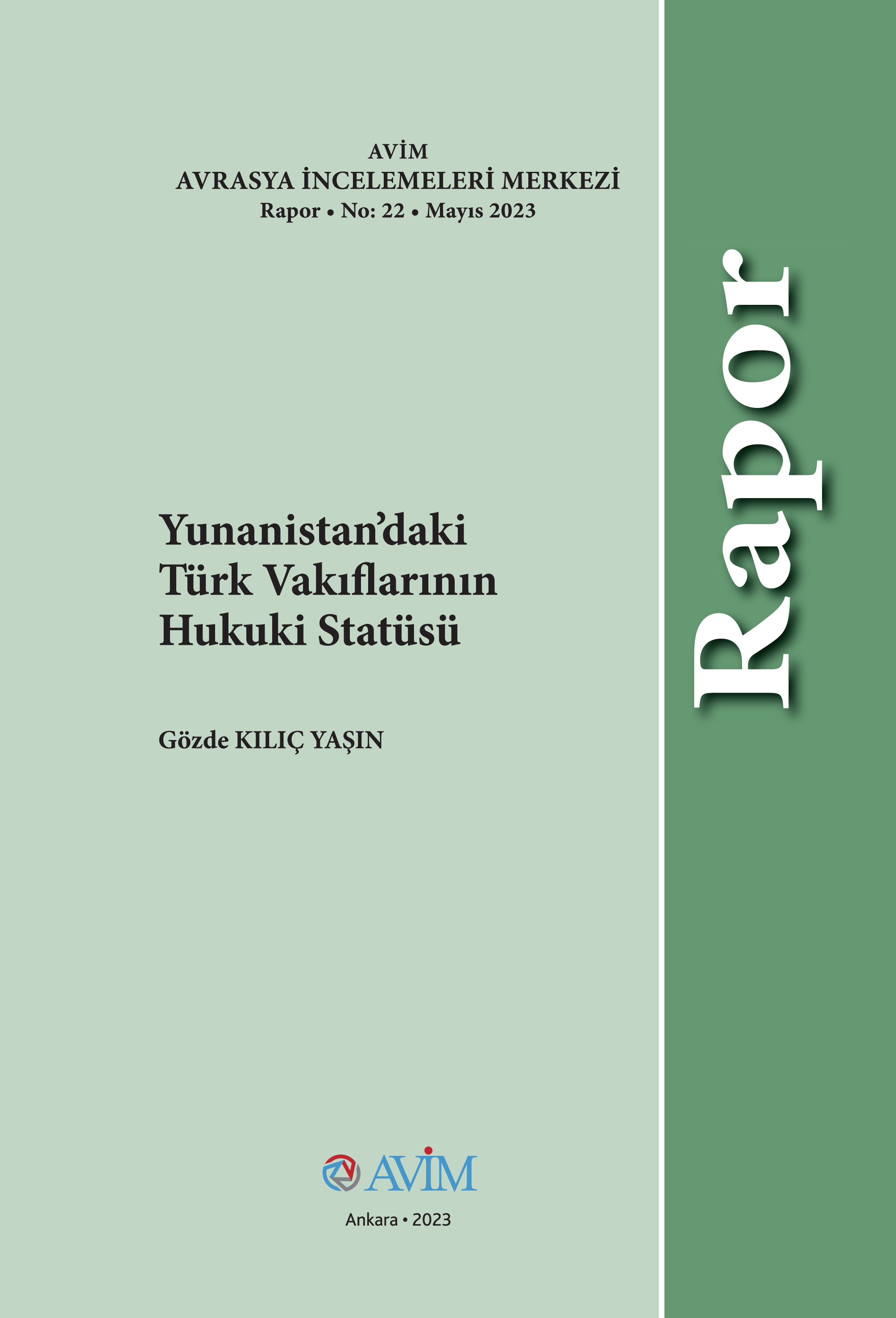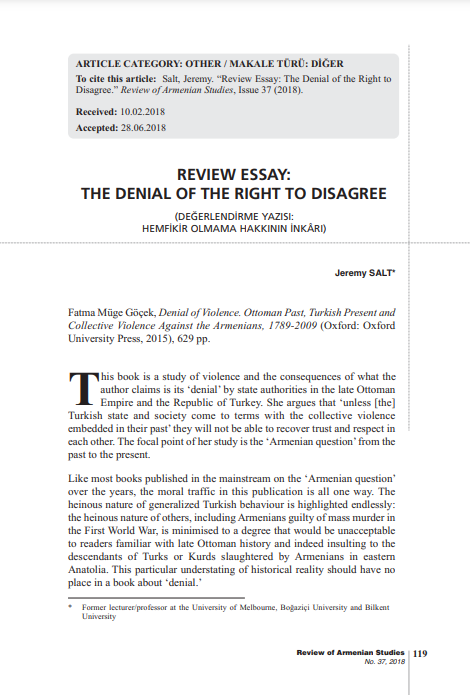Oil Price (25 May 2017)
Top Iraqi oil marketer Falah Al Amri suggested that Iraq is interested in creating an oil price hedging program that would lock in prices for future trades well in advance—just like Mexico’s existing strategy, but almost twice as large in size.
“We will not rush. This is a long process,” SOMO chief Al Amri said. “We must make sure we do not lose money. You know the Iraqi parliament, it would not accept that.”
Iraq is still in the early stages of exploring the possibility, the official said, adding that the proposal could add a new facet to SOMO’s traditional marketing role.
“Transforming SOMO is unstoppable. It will do more than just market Iraqi crude,” he said.
Bloomberg calculations put the size of the Middle Eastern country’s hedge at 400 million barrels, compared to the Mexican finance ministry’s 250 million barrels, which generate $3 billion from its options last year. State-owned PEMEX hedged its own oil production separately this year as well.
The Only Metal Trump Wants More Than Gold
An extraordinary metal is about to enter a super-cycle as demand is rapidly increasing and supply is vanishing. One small company has positioned itself to profit hugely from the coming price shock.
“We are sending people for training with international companies and they will learn about hedging and how we can do it,” Al Amri said. “We will study and make a proposal to the government.”
Private oil companies, especially American shale producers, commonly hedge oil prices to lock in incoming cash flow, but Mexico has so far been the largest country to make a federal strategy out of it. Ecuador, Ghana, and a few other nations have employed similar hedges in the past.
The hedge takes the form of mass purchases of options contracts that allow, but do not obligate, a government to sell oil at a predetermined price. The size of the hedge could affect the macroeconomics of barrel prices, and several analysts have said the Mexican policy contributed to bearish markets in 2008 and 2014.
No comments yet.
- DOCUMENT ON ILLEGAL ACTIVITIES IN AZERBAIJAN’S OCCUPIED LANDS CIRCULATED AT UN The Caucasus and Turkish-Armenian Relations 26.05.2017
- AZERBAIJANI FM: UN RESOLUTIONS ARE BASIS FOR SETTLEMENT OF KARABAKH CONFLICT The Caucasus and Turkish-Armenian Relations 26.05.2017
- UZBEKISTAN’S ECONOMIC TIES TO CHINA CONTINUE TO GROW UNDER NEW PRESIDENT MIRZIYAEV Asia - Pacific 26.05.2017
-
 ISLAMIC STATE INFIGHTING LEAVES SENIOR LEADER DEAD IN KIRKUK: OFFICIAL
Iraq
26.05.2017
ISLAMIC STATE INFIGHTING LEAVES SENIOR LEADER DEAD IN KIRKUK: OFFICIAL
Iraq
26.05.2017
-
 TRUMP ADMINISTRATION’S NEW BUDGET SLASHES AID TO ARMENIA
The Caucasus and Turkish-Armenian Relations
26.05.2017
TRUMP ADMINISTRATION’S NEW BUDGET SLASHES AID TO ARMENIA
The Caucasus and Turkish-Armenian Relations
26.05.2017
-
19.04.2024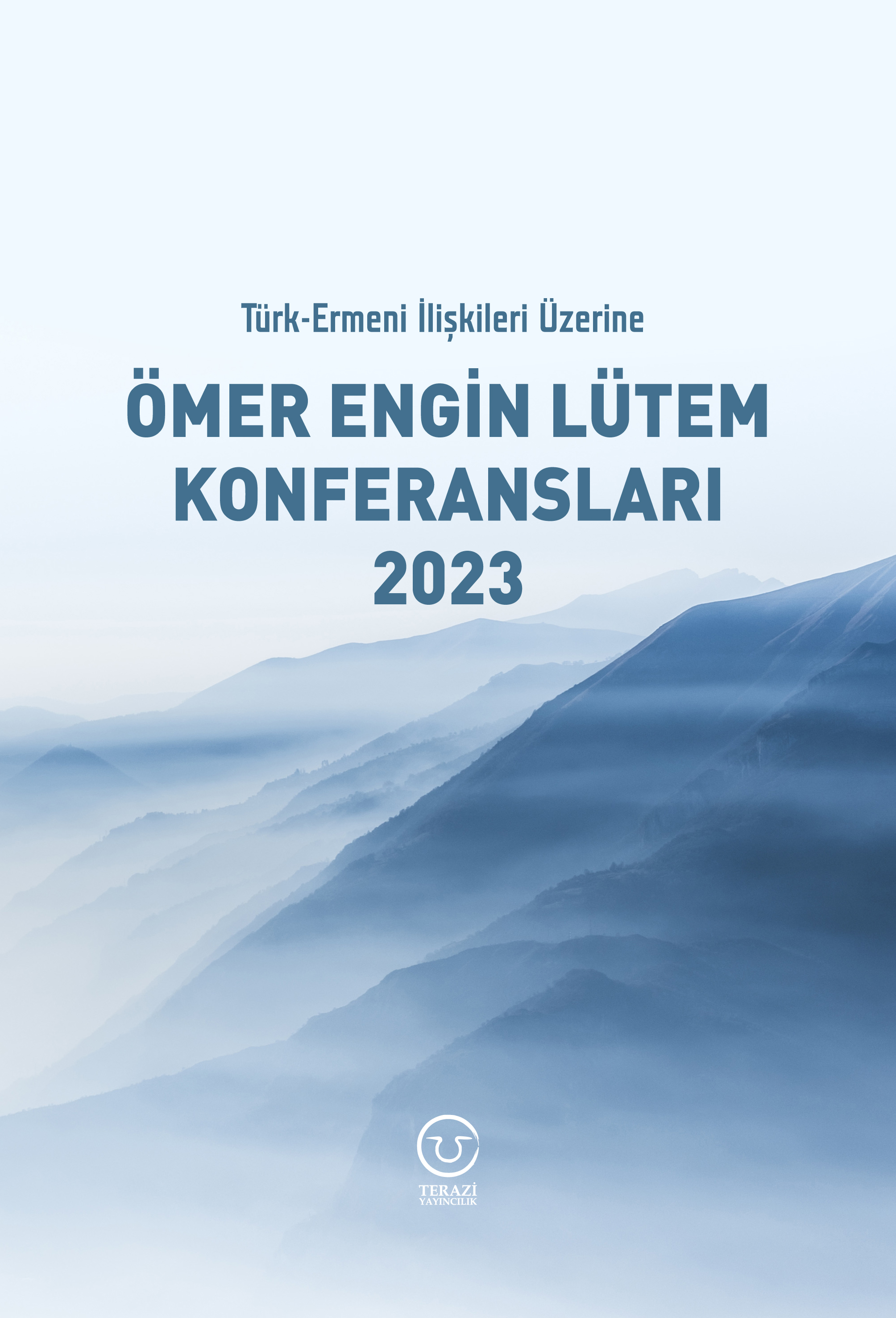
Türk-Ermeni İlişkileri Üzerine Ömer Engin Lütem Konferansları 2023 -
11.04.2023
Türk-Ermeni İlişkileri Üzerine Ömer Engin Lütem Konferansları 2022 -
27.03.2023
RADİKAL ERMENİ UNSURLARCA GERÇEKLEŞTİRİLEN MEZALİMLER VE VANDALİZM -
17.03.2023
PATRIOTISM PERVERTED -
23.02.2023
MEN ARE LIKE THAT -
03.02.2023
BAKÜ-TİFLİS-CEYHAN BORU HATTININ YAŞANAN TARİHİ -
16.12.2022
INTERNATIONAL SCHOLARS ON THE EVENTS OF 1915 -
07.12.2022
FAKE PHOTOS AND THE ARMENIAN PROPAGANDA -
07.12.2022
ERMENİ PROPAGANDASI VE SAHTE RESİMLER -
30.03.2022
Türk-Ermeni İlişkileri Üzerine Ömer Engin Lütem Konferansları 2021 -
01.01.2022
A Letter From Japan - Strategically Mum: The Silence of the Armenians -
01.01.2022
Japonya'dan Bir Mektup - Stratejik Suskunluk: Ermenilerin Sessizliği -
11.02.2021
Türk-Ermeni Uyuşmazlığı Üzerine Ömer Engin Lütem Konferansları 2020 -
03.06.2020
Anastas Mikoyan: Confessions of an Armenian Bolshevik -
08.04.2020
Sovyet Sonrası Ukrayna’da Devlet, Toplum ve Siyaset - Değişen Dinamikler, Dönüşen Kimlikler -
18.03.2020
Türk-Ermeni Uyuşmazlığı Üzerine Ömer Engin Lütem Konferansları 2019 -
08.03.2019
Türk-Ermeni Uyuşmazlığı Üzerine Ömer Engin Lütem Konferansları 2018 -
12.06.2018
Ermeni Sorunuyla İlgili İngiliz Belgeleri (1912-1923) - British Documents on Armenian Question (1912-1923) -
02.12.2016
Turkish-Russian Academics: A Historical Study on the Caucasus -
01.07.2016
Gürcistan'daki Müslüman Topluluklar: Azınlık Hakları, Kimlik, Siyaset -
10.03.2016
Armenian Diaspora: Diaspora, State and the Imagination of the Republic of Armenia -
24.01.2016
Ermeni Sorunu Temel Bilgi ve Belgeler (2. Baskı)
-
AVİM Conference Hall 24.01.2023
CONFERENCE TITLED “HUNGARY’S PERSPECTIVES ON THE TURKIC WORLD"

